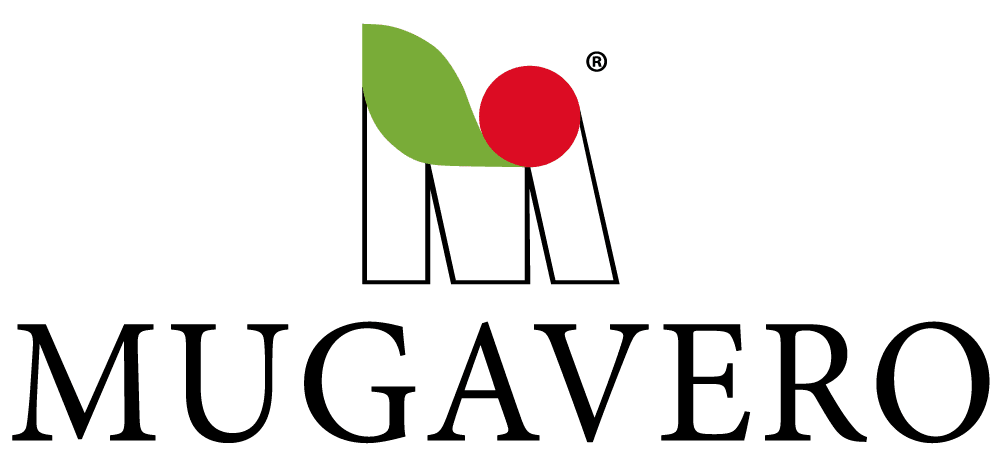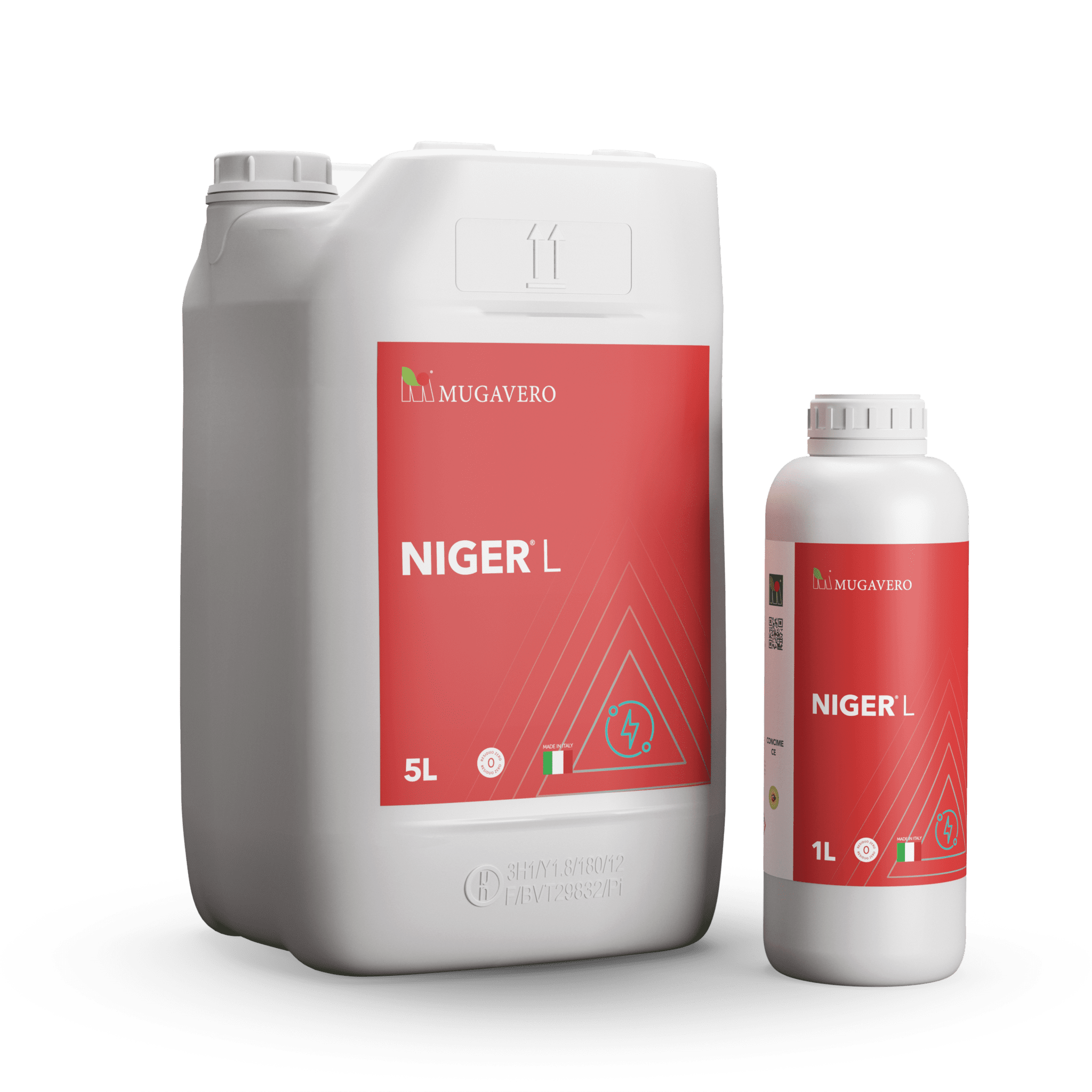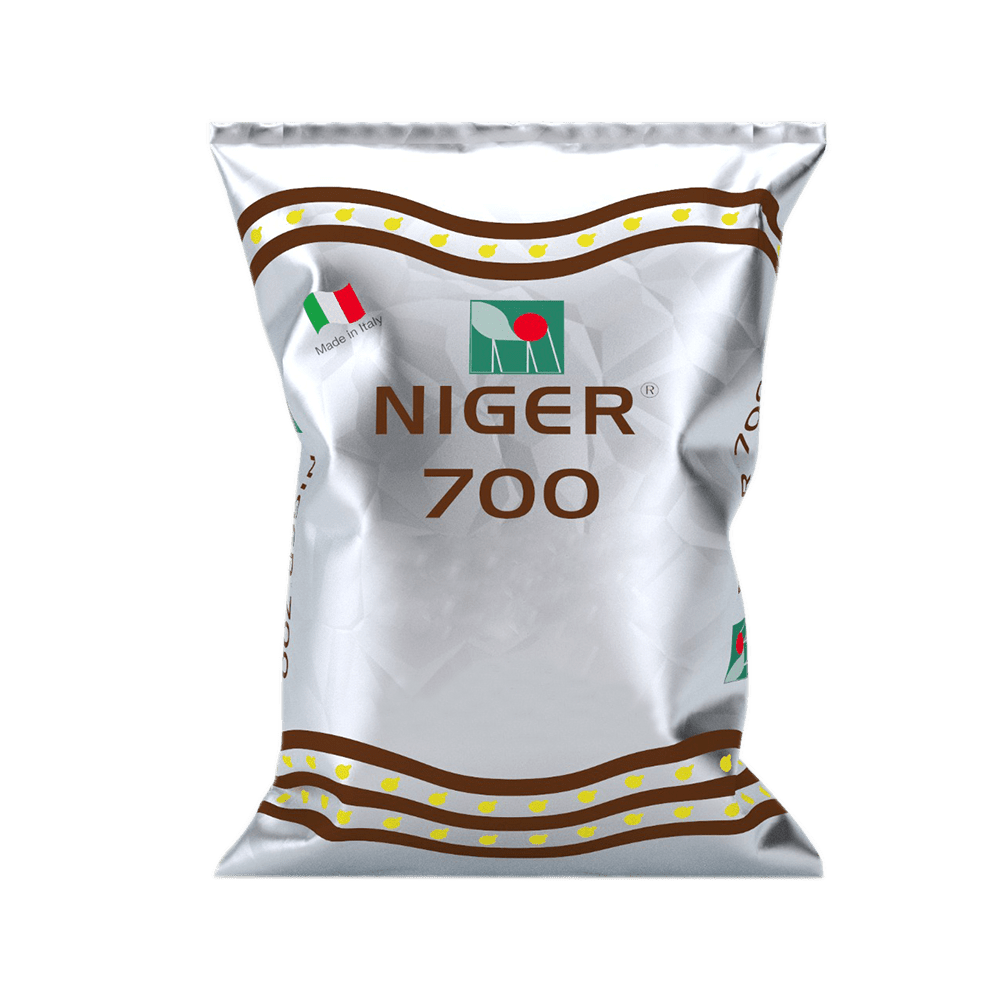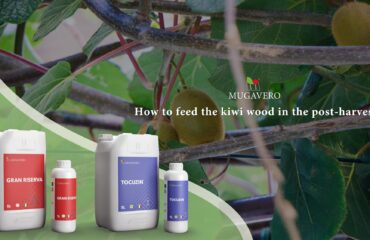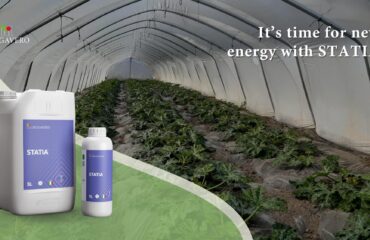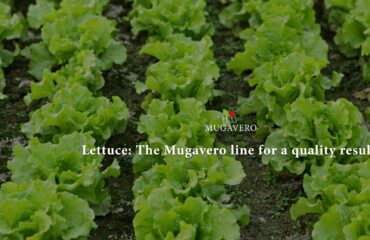
The barattiere is an ecotype of the Cucumis melo L. species typical of the Apulian area south of Bari, widespread between the territories of Polignano a Mare (BA), Monopoli (BA), and Fasano (BR).
The edible part of the cultivated vegetable has intermediate qualitative characteristics between cucumber and melon and is represented by the immature fruit that is normally consumed as an alternative to cucumber, compared to which it is more digestible due to the absence of cucurbitacin.
This “niche” vegetable crop is included in the list of Traditional Agri-food Products (PAT) of the Puglia Region.
The planting of the Barattiere takes place by direct sowing or transplanting in the open air, in small tunnels, or in a greenhouse to anticipate or delay the harvest from spring to early autumn. The plant takes on a garment appearance with dark green, thin stems, and very long internodes and produces an average of 6 to 12 fruits per plant. Harvesting is done by hand, gradually when the fruits have a firm and crunchy pulp.
What does Mugavero Fertilizers recommend for the Apulian Barattiere?
Mugavero recommends intervening with Niger L to improve the vegetative-productive growth from transplantation to fruit set and with Niger 700 to promote the enlargement of the peponide.
Niger L is a physioactivator with a high concentration of fulvic acids extracted from Leonardite and is characterized by an acid pH that improves its penetration into plant tissues: used both by foliar application and for fertigation at the label dose, alone or in a mixture. , it can be included in conventional cultivation programs to promote cell distension and the development of both biomass and root systems; the treated plant improves by vegetative-productive growth and therefore the yields in both qualitative and quantitative terms: NIGER L stimulates the early and vigorous development of the roots, the vegetative drive ensuring a prolonged vegetative-productive activity over time.
NIGER 700, on the other hand, is particularly suitable in the phases of fruit enlargement and ripening: with the presence of humic and fulvic acids and a not indifferent mineral component, consisting of Nitrogen (both in ammonia and nitric form), Phosphorus, Potassium and chelated microelements, the NIGER 700 turns out to be the extremely complete product for plant nutrition.
Applied in fertigation, it allows to obtain a more compact plant with shorter internodes and particularly resistant to biotic and abiotic stresses; it also provides the plant with the correct boost to accelerate the fruit “ripening” processes.
To the continuous demand for more performing technical means for agriculture, Niger L and NIGER 700 certainly represent a concrete answer for their high nutritional and economic efficiency, as they are capable of making “zero residues” quality agriculture sustainable.
If this article on how to improve the quality of Apulian barattiere was useful to you, keep following us on our blog and social media channels: Facebook, Instagram, LinkedIn, YouTube

 Italiano
Italiano  English
English  Español
Español  Türkçe
Türkçe  Русский
Русский  العربية
العربية  Français
Français 